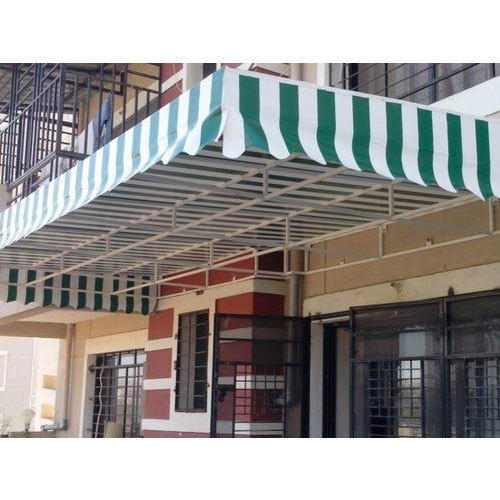Here are some of the things we recommend considering when choosing awnings
The two most common materials are outdoor fabric and aluminum:
Outdoor fabrics come in a range of colors but require more maintenance than aluminum blinds.
STATIONARY, RETRACTABLE OR FREESTANDING
The size of your awnings will depend on its purpose and the overall size of your space.
A range of awning styles is available to match the overall look of your home or business.
Generally, lighter colors are preferred as they block and reflect sunlight and heat.
Also, don’t forget to consider how your awnings complement your interiors!
